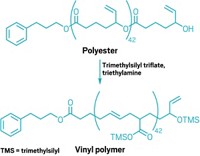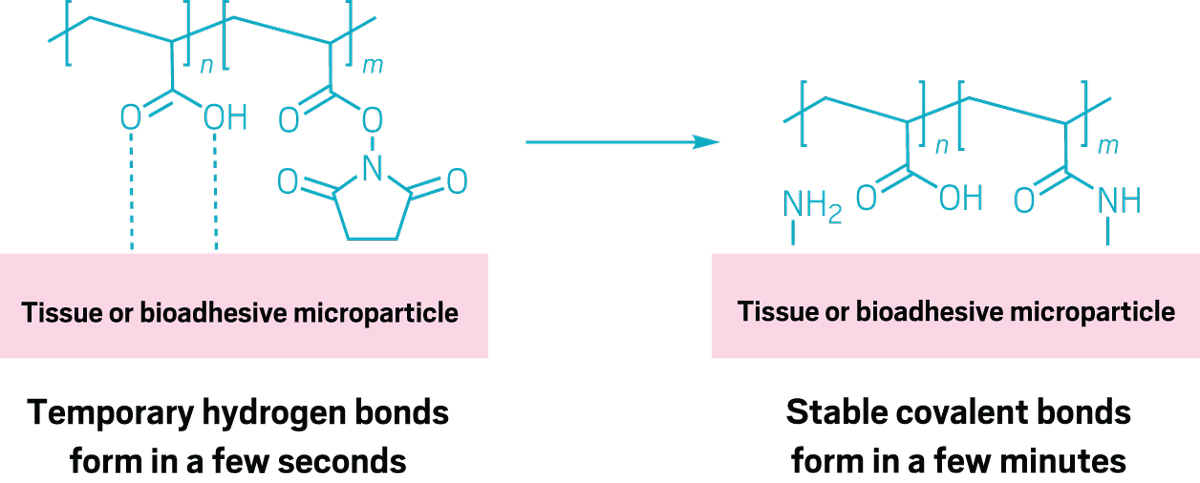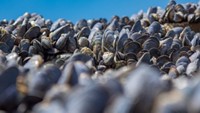Advertisement
Grab your lab coat. Let's get started
Welcome!
Welcome!
Create an account below to get 6 C&EN articles per month, receive newsletters and more - all free.
It seems this is your first time logging in online. Please enter the following information to continue.
As an ACS member you automatically get access to this site. All we need is few more details to create your reading experience.
Not you? Sign in with a different account.
Not you? Sign in with a different account.
ERROR 1
ERROR 1
ERROR 2
ERROR 2
ERROR 2
ERROR 2
ERROR 2
Password and Confirm password must match.
If you have an ACS member number, please enter it here so we can link this account to your membership. (optional)
ERROR 2
ACS values your privacy. By submitting your information, you are gaining access to C&EN and subscribing to our weekly newsletter. We use the information you provide to make your reading experience better, and we will never sell your data to third party members.
Materials
Bioinspired Polymers Get Sticky On Demand
Protected catechol-substituted polysiloxanes allow unfettered control when making underwater adhesive coatings
by Stephen K. Ritter
December 10, 2012
| A version of this story appeared in
Volume 90, Issue 50
Drawing inspiration from the sticky adhesive proteins produced by mussels and sandcastle worms, a multidisciplinary research team has devised a synthetic pathway to make adhesive polymers for underwater applications without the polymers getting fouled up during processing (J. Am. Chem. Soc., DOI: 10.1021/ja309044z). Chemists have tried to use the dihydroxy functional group of catechols to mimic the amino acid 3,4-dihydroxy-





Join the conversation
Contact the reporter
Submit a Letter to the Editor for publication
Engage with us on Twitter